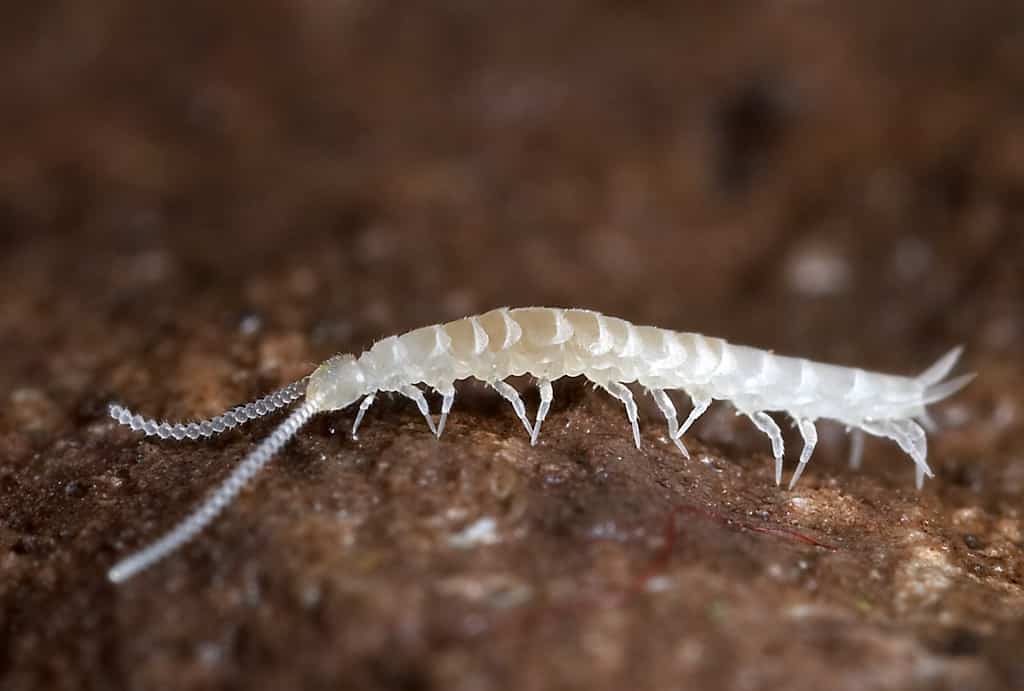Arthropod is defined as an invertebrate animal that belongs to the Arthropoda phylum.
Summary
The term “arthropod” is derived from the Greek words arthros (jointed) and poda (foot), meaning “jointed foot.”
This is an animal that lacks bones for internal support. These animals have an exoskeleton and are considered invertebrates. These invertebrates have bodies segmented and made up of chitin, a biopolymer that forms its exoskeleton. Their bodies are then paired with joints which are known as appendages.
Since they rely on external support as they do not have any internal support, their exoskeleton protects their body fluids, known as hemolymph, internal organs, and the nervous system. Most have a hard exoskeleton which offers them better protection, whereas some have a soft exoskeleton.
There are more than one million species of Arthropoda, the largest phylum in the animal kingdom. Arthropods can live on terrestrial land and in water, depending on the species.
Animals That Are Arthropods

Pseudocentipedes are arthropods that prefer to inhabit moist areas.
©Soniamartinez / CC BY-SA 4.0 – License
The first known arthropods were trilobites — an ancient family of fossilized marine arthropods. They went extinct around 251 million years ago during the Permian Triassic period. Each trilobite had a hard carapace and hind bodies segmented and divided into three parts, known as lobes.
Common examples include insects, arachnids, crustaceans, and myriapods. There are various species, all ranging in appearance.
Examples of arthropods include the following:
- Lady Bugs
- Butterflies
- Bees
- Spiders
- Flies
- Ants
- Scorpions
- Beetles
- Shrimp
- Lobsters
- Crabs
- Mites
- Centipedes
- Millipedes
- Krill
- Barnacles
Arthropod Characteristics
- Arthropods are bilaterally symmetrical, meaning they have two matching sides on their bodies.
- They have a ventral nervous system that runs along the front of their bodies instead of their spinal cords.
- Instead of blood, they have a body fluid known as hemolymph.
- Terrestrial arthropods use book lungs for respiration on land as their respiratory system, whereas aquatic arthropods have gills they use for respiration.
- They move by swimming, burrowing, walking, pushing, flying, and climbing as their main forms of locomotion. Certain ones move by multiple types of locomotion, such as a butterfly that can walk, fly, and climb.
Pronunciation
AA-Thruh-pod



